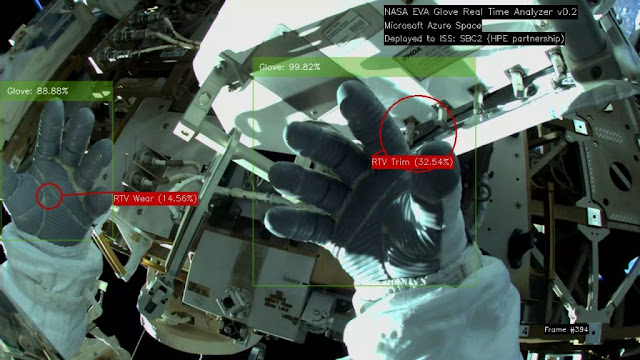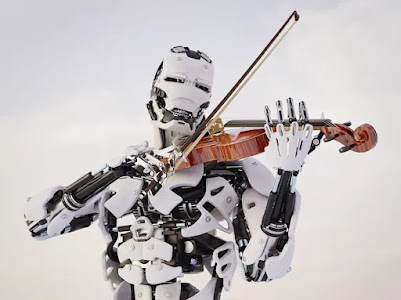Protecting Astronauts with AI
The current technology that is being used to monitor the health of astronauts' gloves requires sending images of the gloves back to Earth to be analyzed by NASA on the ground. This is clearly a problematic system as sending image data back to Earth can take a lot of time to determine whether or not the gloves are safe for use. This time gets even more problematic when we consider that the future of space travel involves being even further away from Earth than we can currently achieve. It is then necessary to create a system that can let astronauts know in real time how safe their gloves are for use.
The new system being developed uses cameras on the astronauts helmet coupled with computer vision and machine learning techniques to quickly determine the viability of the astronauts equipment. This system assigns a probability to each region of the gloves that tells the likelihood that that particular region is damaged. The images are processed locally to ensure quick response times, and if a glove is determined to be likely damaged then the data is sent back to Earth for further analysis. Shown above is an image of the system being used by an astronaut aboard the International Space Station. For this particular frame, the system has detected the both gloves are mostly in working order; however, the left glove could potentially have some minor damage.
After much testing, researchers found that the AI had results comparable to the current method of damage detection but with much faster response times. The success of this project serves as a proof of concept that AI systems can safely be used in the future to quickly detect equipment failures in all aspects of space travel. This could include other parts of the astronauts suit outside of just the gloves or larger pieces of equipment such as entire rockets or satellites. Overall, Artificial Intelligence is providing scientists a way of improving the safety of space travel as we venture deeper and deeper into our solar system.

